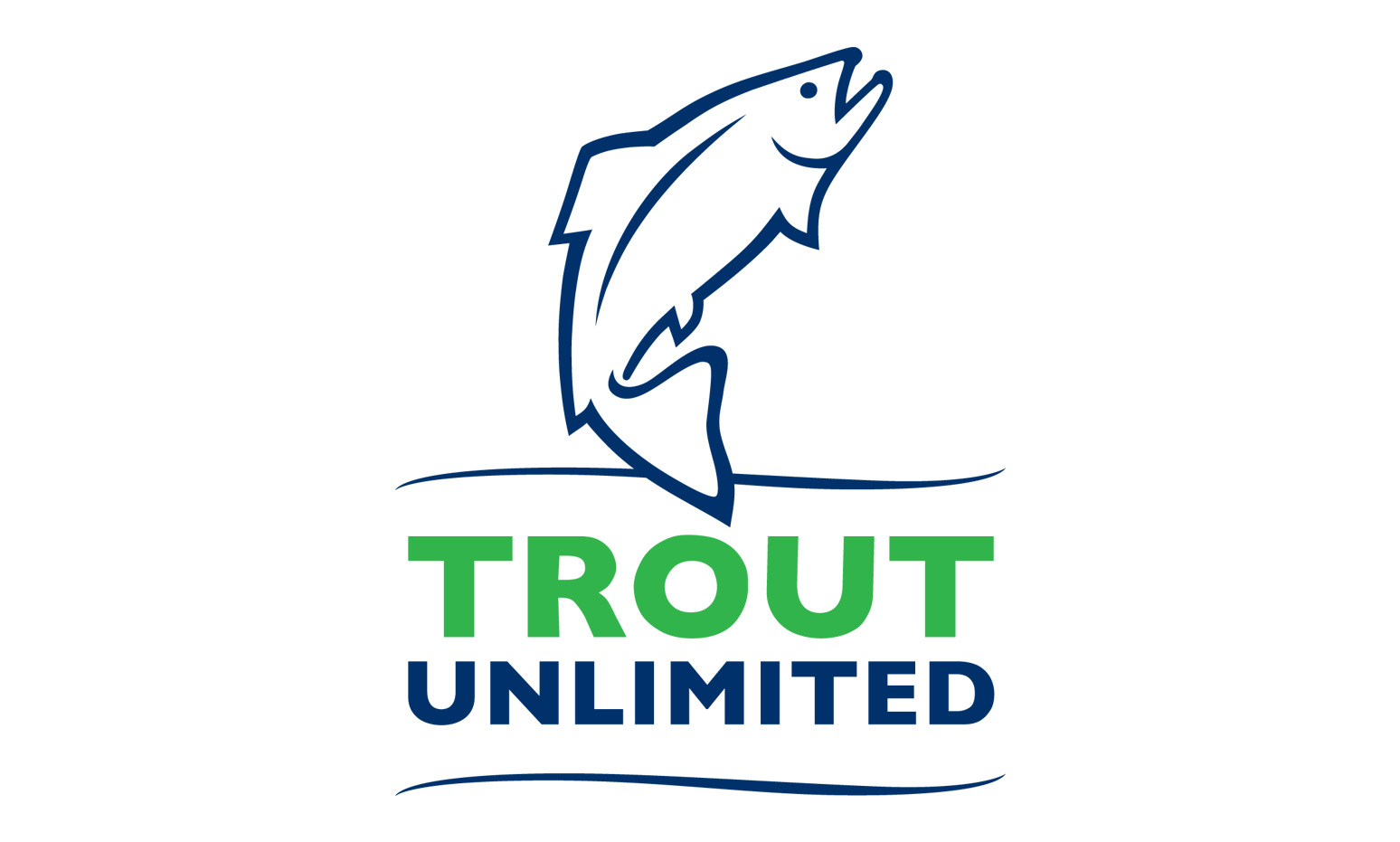Water In The West: The Path Forward

The future of the West is inextricably linked to its water. The early pioneers first found a spring, stream, or dug a well, and then built their homestead—not the other way around.
Although the scale is different today, water security and drought resilience are still fundamental to the West’s future. The seriousness and scale of drought in the West is why I’ve dedicated the last 20 years of my professional life to finding collaborative solutions to water scarcity.
Collaboration is key. Working on water for Trout Unlimited across the West, I’ve found that best approaches to increasing drought resilience come from the people who live and work in a specific river basin, and whose lives are connected to the water resource, working together to find solutions.
I’ve also learned that relying solely on new water storage is not the answer. In the past, it was often the only solution proposed. Looking forward, the goal is to develop a whole portfolio of innovative water projects and approaches—such as efficiency, upgraded built infrastructure, restored natural infrastructure, and demand management—and including new, expanded, or re-operated water storage.
Although these approaches vary in scale and focus, the one thing they have in common is people working together. We’ve entered a new water era in the West characterized by cooperation, not conflict. The Trout Unlimited approach is simple: on the ground throughout the West, we’re bringing partners together to find innovative, win-win ways to develop new sources of water while keeping our rivers and streams healthy.

A few examples:
In Washington state’s Yakima Basin, the Yakima Basin Integrated Plan is a balanced package of actions that will return thousands of salmon and steelhead to the basin annually, improve water quality and quantity, and support a healthy agricultural and recreation economy. The plan is the work of a diverse coalition including conservation groups, irrigators, farmers, sportsmen and women, local, state, and federal governments and the Confederated Tribes and Bands of the Yakama Nation.
The Yakima Basin Integrated Plan has succeeded in large part because it is built as a mosaic of approaches to drought resilience: water infrastructure improvements, new water storage, groundwater recharge, instream flow restoration, fish passage, headwater habitat restoration and protection, and flexibility in water management across the basin, from reservoir operations to temporary water right transfers.
The partners in the Yakima Basin Integrated Plan are achieving results for their own interests that they would not standing alone.

In Montana’s upper Missouri River basin, a diverse coalition of partners has worked for two decades to address low flows on the Sun River, which over the years has suffered from chronic dewatering and sediment pollution. In an exemplary public-private partnership, the Sun River Watershed Group worked with the Bureau of Reclamation, the Coca-Cola Company, and the Montana Department of Natural Resources and Conservation to restore Sun River flows and reduce sediment.
This public-private partnership helped the Fort Shaw Irrigation District undertake ambitious infrastructure improvements: 2,000 feet of lined canal, 2,310 feet of PVC pipe, and a new bypass canal not only increased the reliability of the District’s irrigation water delivery but also restored flows to the Sun River through the conserved water, benefiting the wild trout fishery.
“Getting all the construction done to improve the District’s water delivery system has been crazy sometimes,” said Rich Boyle, manager of the Fort Shaw Irrigation District. “But in the end the effort is worth it. The District benefits, the producers benefit, and the river benefits.”

In the upper Colorado River basin, the Bureau of Reclamation, four municipal utilities and other stakeholders launched an innovative pilot program—the System Conservation Pilot Program (SCPP)—to test the willingness of landowners, ranchers, municipalities and other water users to take part in voluntary, compensated reductions in water use.
Under SCPP, ranchers, landowners and others are paid for reducing consumed water through partial-season irrigation and other practices. These methods provide alternatives to permanent “buy and dry” of agricultural water rights. Conserved water is then left in the stream to flow down to reservoirs to benefit both water security and river health and habitat.
It’s working. In Utah, TU worked with six ranchers to develop “split-season” irrigation agreements that have conserved nearly 2,000 acre-feet of water and improved flows in the Price River.
In 2016–2017, water users in the Upper Basin submitted 47 applications for SCPP projects, with a potential 20,000 acre-feet of water savings in Wyoming alone.
“I look at my ranch operation every year, and the System Conservation Pilot Program provides some much-needed flexibility for my water and cattle operations,” said Chad Espenscheid, a Wyoming rancher who has participated in the program.
These examples show how innovative, collaborative solutions can create drought resilience for agriculture, communities and fisheries across a chronically water-short West. The Walton Foundation’s excellent Water in the West series offers more examples of innovation and partnerships.
SHARE ON
You may also like
The role corn plays for gamebirds and economies ac...
Sportsmen’s conservation policy issues from publ...
Sportsmen’s conservation policy issues from publ...



























